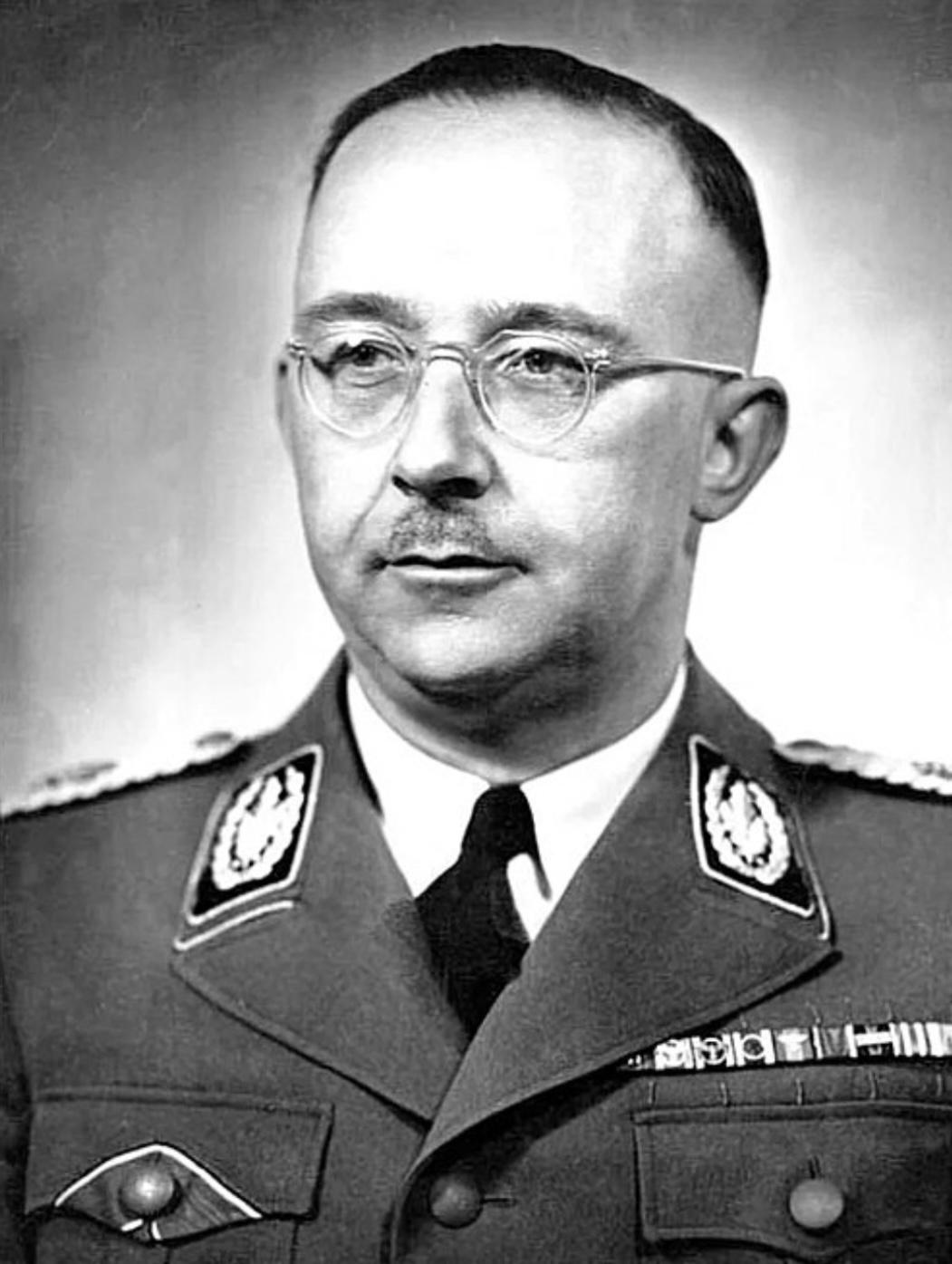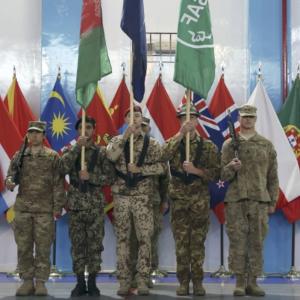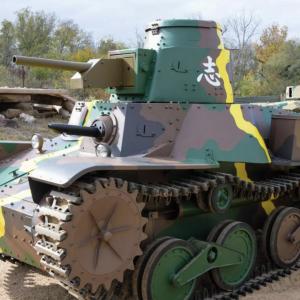
Heinrich himmler
Heinrich Himmler was born on October 7, 1900, in Munich, Germany, into a conservative, middle-class Roman Catholic family. He initially pursued a career in agriculture but was drawn into the radical nationalist movements that gained momentum after Germany's defeat in World War I. In the early 1920s, Himmler joined the Nazi Party and began his rise through the ranks. His dedication and administrative skills quickly brought him to the attention of Adolf Hitler.
In 1929, Hitler appointed Himmler as head of the Schutzstaffel (SS), which at the time was a small paramilitary unit tasked with protecting Nazi leaders. Under Himmler’s leadership, the SS grew into a powerful and sprawling organization that became central to Nazi control of Germany. He built it into a fiercely loyal and ideologically rigid force, responsible for policing, surveillance, intelligence, and enforcing Nazi racial policies. Through manipulation, strategic alliances, and purges of rivals, Himmler steadily increased his influence and power within the regime.
By the mid-1930s, Himmler had gained control over nearly all of Germany’s policing agencies. This included the Gestapo (secret state police), the Kriminalpolizei (criminal police), and later the Sicherheitsdienst (intelligence service of the SS). In 1939, these were merged into the Reich Main Security Office (RSHA), placing Himmler at the center of the Nazi surveillance and terror apparatus. His bureaucratic empire was dedicated to eliminating all enemies of the state, both real and imagined, and to enforcing the Nazi ideology of racial purity.
Himmler’s worldview was rooted in a dangerous mix of anti-Semitism, racial mysticism, and pseudo-scientific theories. He believed in the superiority of the so-called Aryan race and saw Jews, Slavs, Roma, and others as racial enemies. Himmler envisioned a future Germany purged of all “impure” elements and sought to reorganize conquered territories in Eastern Europe through forced Germanization and mass ethnic cleansing. Programs such as Lebensborn, which encouraged the birth of racially "pure" children, were part of his larger vision of social engineering.
Himmler played a central role in planning and implementing the genocide of Europe's Jews. As Nazi Germany invaded the Soviet Union in 1941, mass shootings of Jews and other groups escalated. Himmler authorized and monitored the activities of the Einsatzgruppen, mobile killing units responsible for mass executions behind the front lines. He personally witnessed several of these mass killings, reportedly without remorse. However, even Himmler recognized the psychological toll on the SS men involved in the shootings. This, combined with a desire for greater efficiency, led to the search for more systematic methods of extermination.
In January 1942, senior Nazi officials met at the Wannsee Conference, where the "Final Solution to the Jewish Question" was formally outlined. Although Reinhard Heydrich chaired the meeting, it was Himmler who oversaw its implementation. He orchestrated the construction and operation of extermination camps such as Auschwitz-Birkenau, Treblinka, and Sobibor. These camps were designed explicitly for mass murder, with gas chambers and crematoria built to handle thousands of victims each day. Under Himmler’s direction, a complex logistics system involving rail transport, labor exploitation, and SS coordination enabled the mass deportation and murder of millions of people.
As the war turned against Germany, Himmler maintained his grip on the machinery of terror. He continued to deport Jews and other prisoners to the camps even as Allied forces approached. In the final months of the war, Himmler became increasingly erratic and attempted to position himself as a potential negotiator with the Western Allies, hoping to save himself and secure a place in a post-Hitler government. When Hitler discovered these efforts, he was furious and dismissed Himmler from all his posts.
In May 1945, Himmler was captured by British forces while traveling under a false identity. After being identified during interrogation, he committed suicide by biting down on a cyanide capsule hidden in his mouth. He died shortly thereafter, avoiding trial and public judgment for his crimes.
Heinrich Himmler remains one of the most notorious figures of the Nazi era. His legacy is not simply one of hatred, but of cold, bureaucratic efficiency applied to mass murder. Unlike some Nazi leaders who acted out of impulsive cruelty, Himmler viewed genocide as a system to be managed, improved, and expanded. He combined ideology with administration, turning the SS into an engine of destruction that left millions dead in its wake. His role as the logistical and administrative organizer of the Holocaust places him at the core of one of the greatest crimes in human history.










